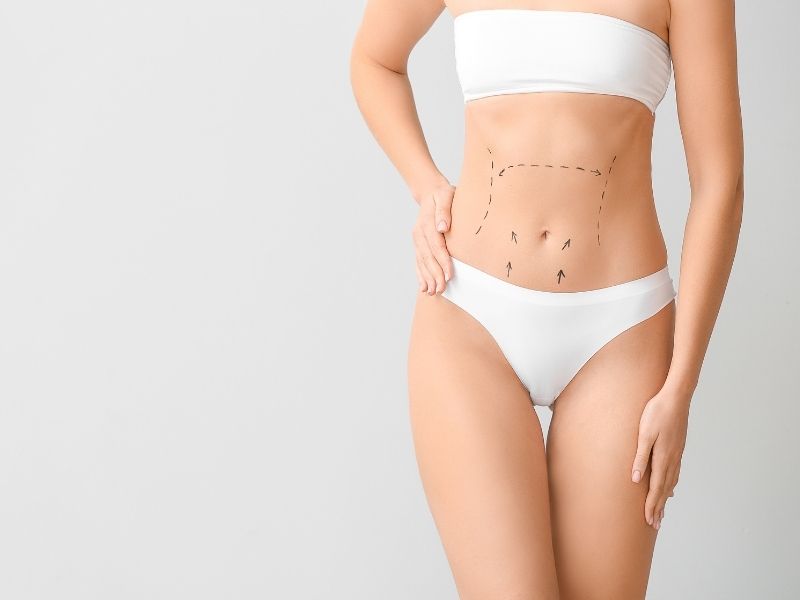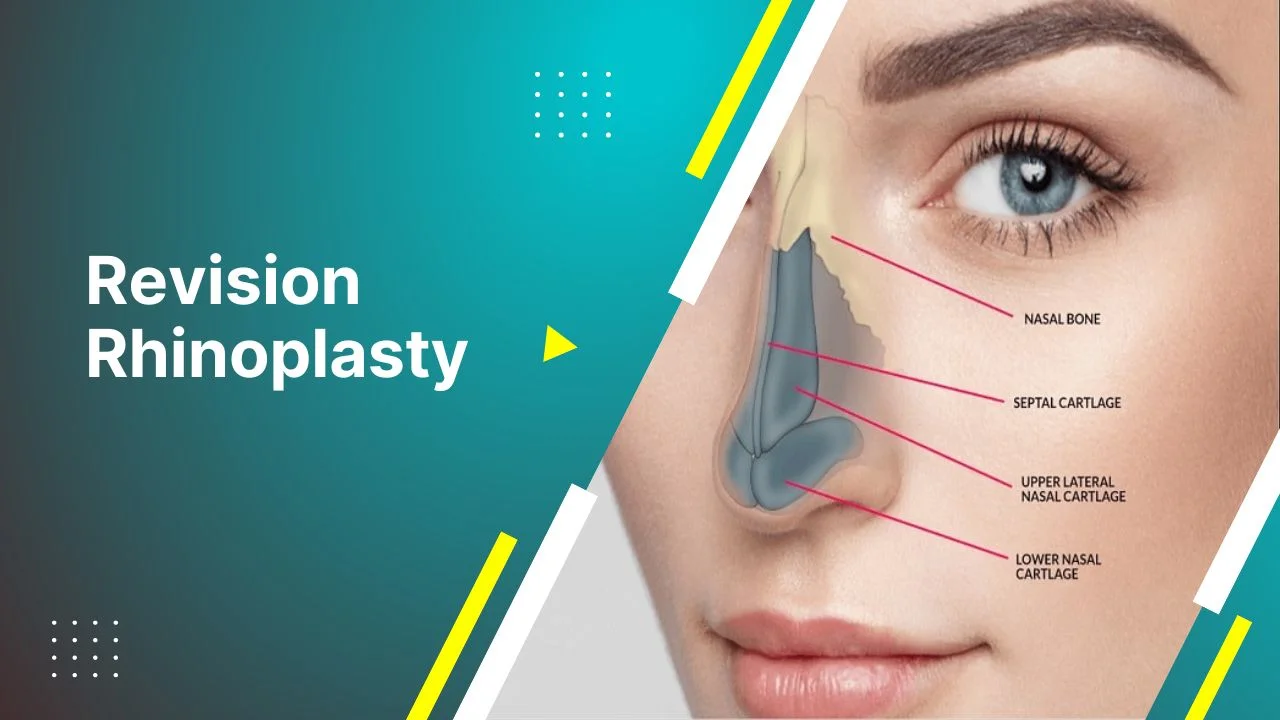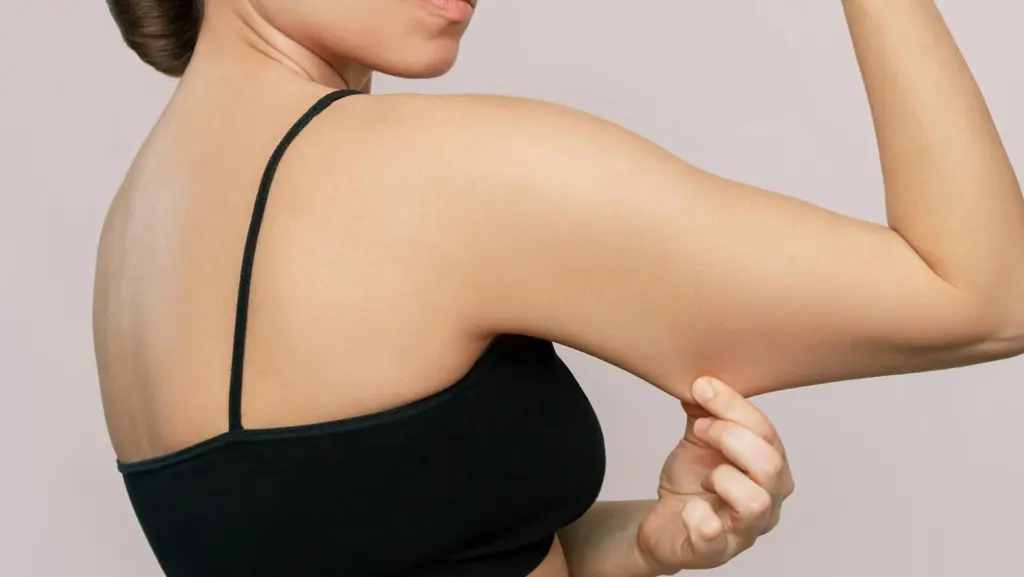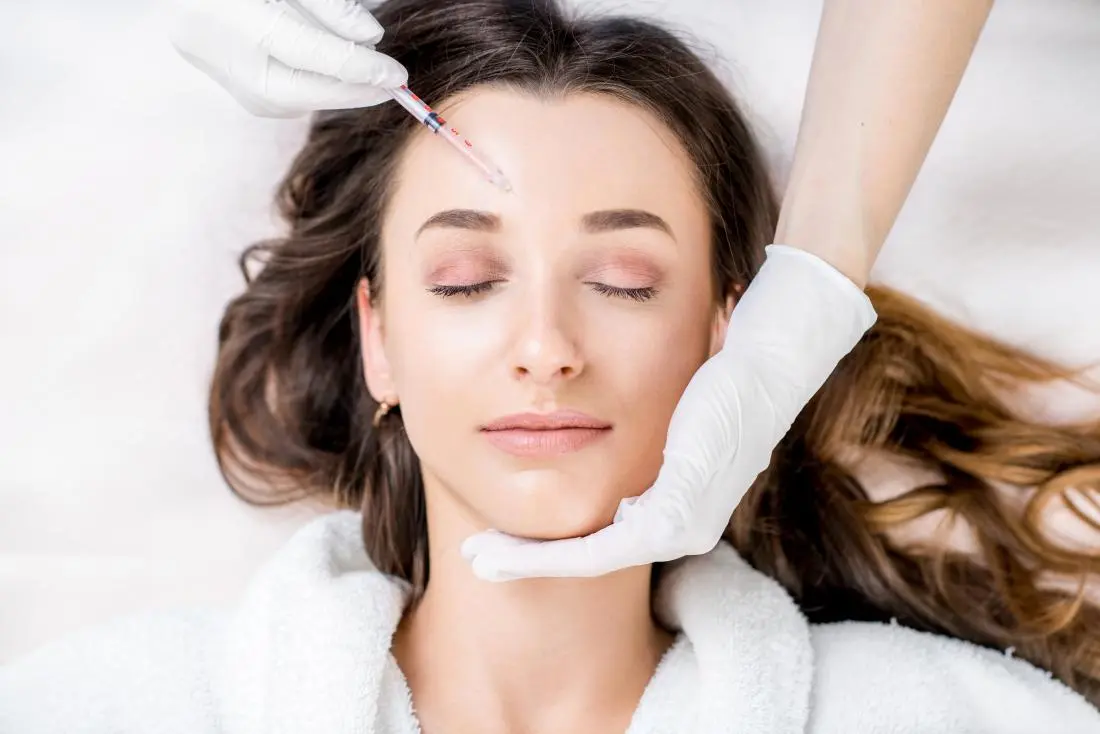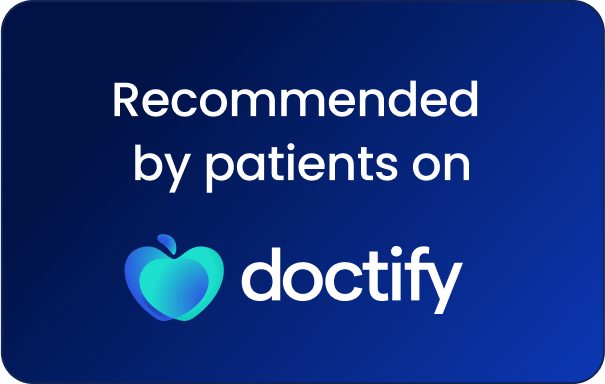Liposuction recovery is crucial for achieving your desired results and ensuring a smooth healing process. Understanding the key aspects of post-operative care, from managing pain to following dietary guidelines, will help you navigate your recovery with confidence. Start your journey to a refreshed, contoured body by embracing these essential recovery tips and strategies for optimal results.
Immediate Post-Procedure Care
Immediately after liposuction, proper care is essential to ensure a smooth recovery and achieve the best results. Here’s how to manage your initial post-procedure period effectively:
- Rest and Relaxation: Prioritize rest in the hours and days following your liposuction. Limit physical activity and avoid any strenuous movements to allow your body to heal. Ensure you have a comfortable place to recover and take it easy as you adjust to your new body contours.
- Compression Garments: Wear the prescribed compression garments as directed by your surgeon. These garments help reduce swelling, support your newly contoured areas, and promote proper healing. Consistent use is key to achieving optimal results and minimizing discomfort.
- Pain Management: Follow your surgeon’s instructions for pain medication and any prescribed antibiotics. Managing discomfort is important for your overall recovery and can help you adhere to post-operative care guidelines more easily.
- Monitor for Complications: Keep an eye out for any unusual symptoms such as excessive bleeding, severe pain, or signs of infection. If you experience any of these issues, contact your healthcare provider promptly to address them.
- Hydration and Nutrition: Drink plenty of water and maintain a balanced diet to support your recovery. Proper hydration helps reduce swelling and promotes healing, while a nutritious diet provides your body with essential nutrients for optimal recovery.
By focusing on these immediate care steps, you’ll set the stage for a successful recovery and get one step closer to enjoying your enhanced body shape.
Managing Pain and Discomfort
Managing pain and discomfort effectively after liposuction is key to ensuring a smooth recovery. Start by closely following your surgeon’s instructions on prescribed pain medications, as taking them as directed will help you stay comfortable and support your healing process. Additionally, applying ice packs to the treated areas can reduce swelling and provide relief by numbing the area, but remember to use a cloth between the ice pack and your skin to prevent frostbite.
Finding and maintaining comfortable positions is also important. Elevating the treated areas or using pillows for support can alleviate pressure and discomfort. Wearing compression garments as prescribed will further assist in managing swelling and support the treated areas, contributing to your overall comfort.
Engaging in gentle, low-impact activities such as walking can improve circulation and reduce stiffness, but be sure to avoid strenuous activities until your surgeon advises otherwise. Proper hydration and a balanced diet are essential, as they support the body’s healing processes and help manage swelling.
By taking these steps, you can effectively handle pain and discomfort, making your recovery after liposuction more comfortable and efficient.
Swelling and Bruising: What to Expect
Swelling and bruising are common and expected side effects after liposuction. Swelling usually begins soon after the procedure and can last for several weeks. It is a natural response as your body starts to heal, and it typically peaks within the first few days. The treated areas may feel firm and appear puffed up, but this is a normal part of the recovery process.
Bruising also commonly occurs, manifesting as discoloration around the treated areas. This is due to the small blood vessels being disrupted during the procedure. The bruising may start as dark purple or red and gradually fade to green and yellow as it heals.
To manage swelling, continue to wear compression garments as recommended by your surgeon, as they help reduce fluid buildup and support the skin’s adjustment to its new contours. Elevating the treated areas when resting can also minimize swelling. Applying cold packs intermittently during the first 48 hours may further reduce inflammation and discomfort.
Both swelling and bruising will gradually subside, though the timeline can vary from person to person. Patience and following your surgeon’s aftercare instructions will ensure a smoother recovery and help you achieve the best results from your liposuction procedure.
Physical Activity and Movement Guidelines
After liposuction, it’s crucial to follow specific guidelines for physical activity and movement to ensure a smooth recovery and optimal results. In the initial days following the procedure, it is essential to rest and avoid any strenuous activities. Light walking is encouraged to promote circulation and prevent complications such as blood clots, but you should avoid high-impact exercises or heavy lifting.
As you progress through the recovery period, your surgeon will provide personalized recommendations based on your specific case. Typically, moderate activities can be gradually introduced after the first few weeks, once swelling and discomfort have reduced. Avoid any activities that cause pain or strain on the treated areas.
Listen to your body and avoid pushing yourself too quickly. Adhering to your surgeon’s advice and slowly increasing your activity level will support healing and help you achieve the best results from your liposuction procedure.


